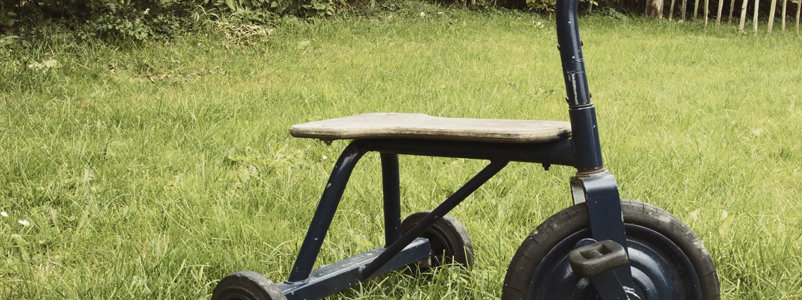This was something I was personally interested in. Would a 14mm lens that is designed for a fullframe sensor look (very) different than a lens of similar focal length that was designed for a smaller sensor (in this case Micro 4/3) when placed on the same sensor? Which of course would be the Pocket Cinema Camera in my case.
There wasn't a whole lot of choice at this point for me. The only two lenses which 'covered' the same focal length were the (simple) Olympus M. Zuiko Digital 14-42mm 1:3,5-5,6 kitlens and the Samyang T*3.1 14mm ED AS IF UMC cine lens. Two completely incomparable lenses which only share 1 characteristic: they both have the 14mm within their focal lenght.
The results were on one side surprising, and on the other not so surprising. And as a side note - this is by no means a scientific test. Just a quick shot test outside.
I somehow expected there to be some difference, because we're talking about two completely different pieces of kit. On the one side there's the entrylevel Olympus kit-zoom-lens for a 2x crop sensor, and on the other there is the dedicted cinema prime lens designed for fullframe sensor (albeit a cine-mod of a photographic lens). I was surprised on how little difference there was in the overall look of the images, maybe have to do some more tests for better results, but still. The FoV difference is practically non-existant.
On the other hand - all focal lengths on most lenses are expressed in their 35mm equivalents. So on one given sensor (in my example the Pocket Cinema Camera's Super 16mm sensor) a 14mm Micro 4/3 lens should give you the same field of view as a fullframe 14mm lens, theoretically.
And it does, more or less. At 14mm the Olympus was just a tad wider than the Samyang - that's the most notable difference. And as far as the FoV goes - that was the only real difference as far as I'm concerned. I'm not touching on the build quality, image quality etc, merely judging the FoV because that's what I was curious about in this case.
Also took the opportunity to sample some of the different stocks from FilmConvert. All footage was shot with Film-mode in ProRes and at 5600K.

